Avoid Trademark Infringement When Choosing A Domain Name In May 2024
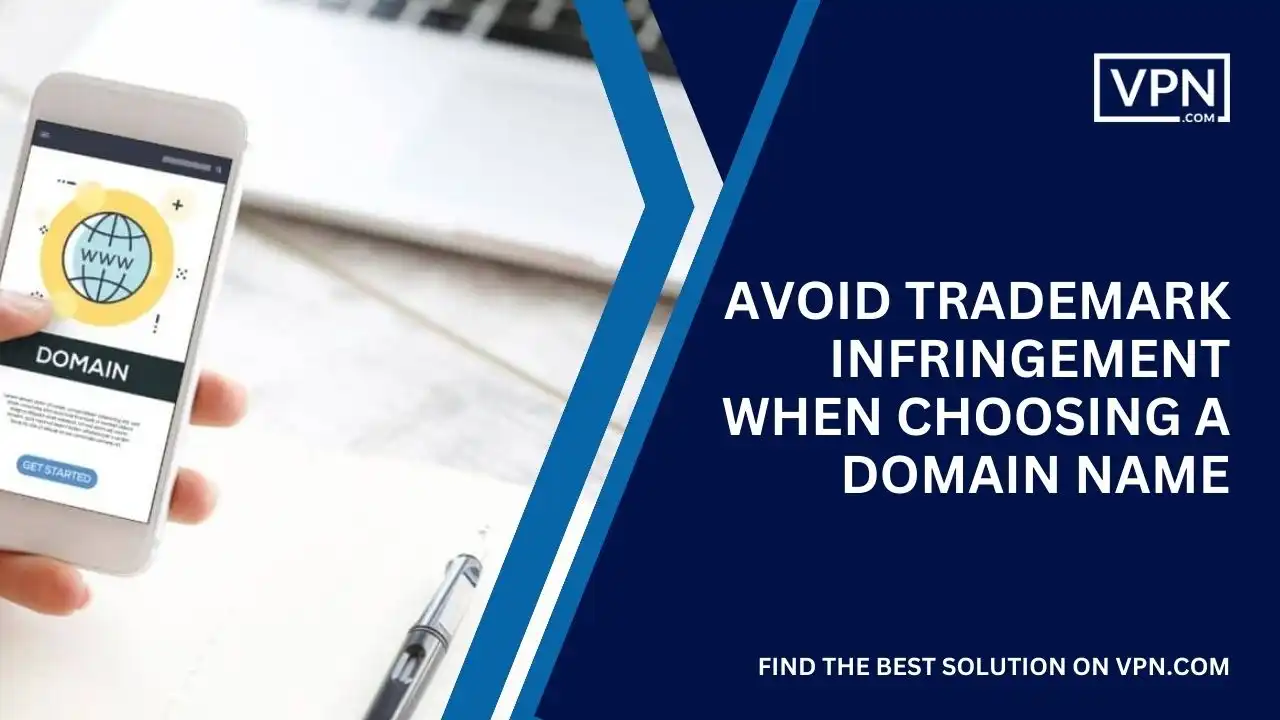
Selecting the perfect domain name for your business or brand is exciting yet challenging. The domain acts as the digital real estate for your online presence and can make or break your ability to rank in search engines and build brand recognition. However, in the rush to claim the “perfect” name, it’s easy to overlook one critical factor – trademark infringement.
Choosing a domain name that infringes upon an existing trademark can land you in serious legal trouble down the road. You may be forced to forfeit the domain, pay significant damages, and harm your brand reputation. That’s why it’s essential to thoroughly research and evaluate potential names for trademark infringement risks before registering your domain.
This article will provide an in-depth look at trademarks, trademark infringement, and steps you can take to avoid inadvertently selecting an infringing domain name for your website. We’ll also explore services that can help identify “safe” domain names that are free of infringement risks. With the right knowledge and preparation, you can confidently choose a domain name that avoids trademark pitfalls and sets your website up for long-term success.
What is a Trademark?

Before diving into issues around trademark infringement and domain names, let’s start with a quick overview of a trademark.
A trademark refers to any word, phrase, symbol, design, or combination of these elements that identify the source of a particular product or service. Trademarks act as unique identifiers that differentiate businesses or products from competitors.
Some of the most well-known trademarks today include brand names like Coca-Cola, slogans like Nike’s “Just Do It,” and logos like the Starbucks mermaid. But trademarks can also apply to shapes (like coke bottle), colors (Tiffany’s robin egg blue), sounds (the NBC chimes), and scents (the floral smell of Plumeria for Hawaiian Tropic).
Essentially, if a brand uses something unique to distinguish itself in the marketplace, it can potentially be trademarked. Trademarks provide legal protection against others attempting to use identical or very similar marks that could create consumer confusion and damage the brand.
Registration with the U.S. Patent and Trademark Office provides nationwide brands’ trademark legal protection. Without federal registration, common law rights may apply more limitedly. Trademark ownership grants the owner exclusive use of the mark for certain products, services, and regions. This is the basis for how trademarks relate to domain name selection and infringement risks.
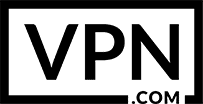
Sign up with our #1 choice
- Experts in Premium Domains
- Ultra-Secure Transactions
- Commissions Starting at 15%
- Paid $1m for VPN.com
- Only Pay When We Succeed for You
- Completely Confidential Transactions
What are Domain Names And Trademarks?

Now that we’ve reviewed trademarks, how do they connect to internet domain names?
A domain name is the web address that identifies a specific website on the internet. For example, “google.com” is the domain name owned by Google that takes visitors to the Google search site. Every website requires its own unique domain name to claim online real estate and build an identity.
Domain names often incorporate trademarks or business names to develop brand recognition and trust. If Google called itself something random, it would be much harder to establish itself as a leading search engine. Using the Google trademark in their domain was a strategic branding decision.
So, domain names and trademarks have an important overlap – businesses want to use their brand names and trademarks in their domains. However, conflicts arise when multiple businesses claim rights to similar or identical names and trademarks.
Since domain names are registered on a first-come, first-served basis, an individual or business can register a domain using someone else’s registered trademark, potentially leading to trademark infringement. For instance, if your business name was BestElectronics, but someone else had already registered bestelectronics.com before you did, it could result in trademark-related issues.
This is where trademark law comes into play. Registering and using a domain name containing another’s trademark – intentionally or unintentionally – can lead to accusations of infringement. It’s crucial to research both trademarks and domains thoroughly to avoid potential disputes. Get the domain name already taken
Understanding Trademark Infringement
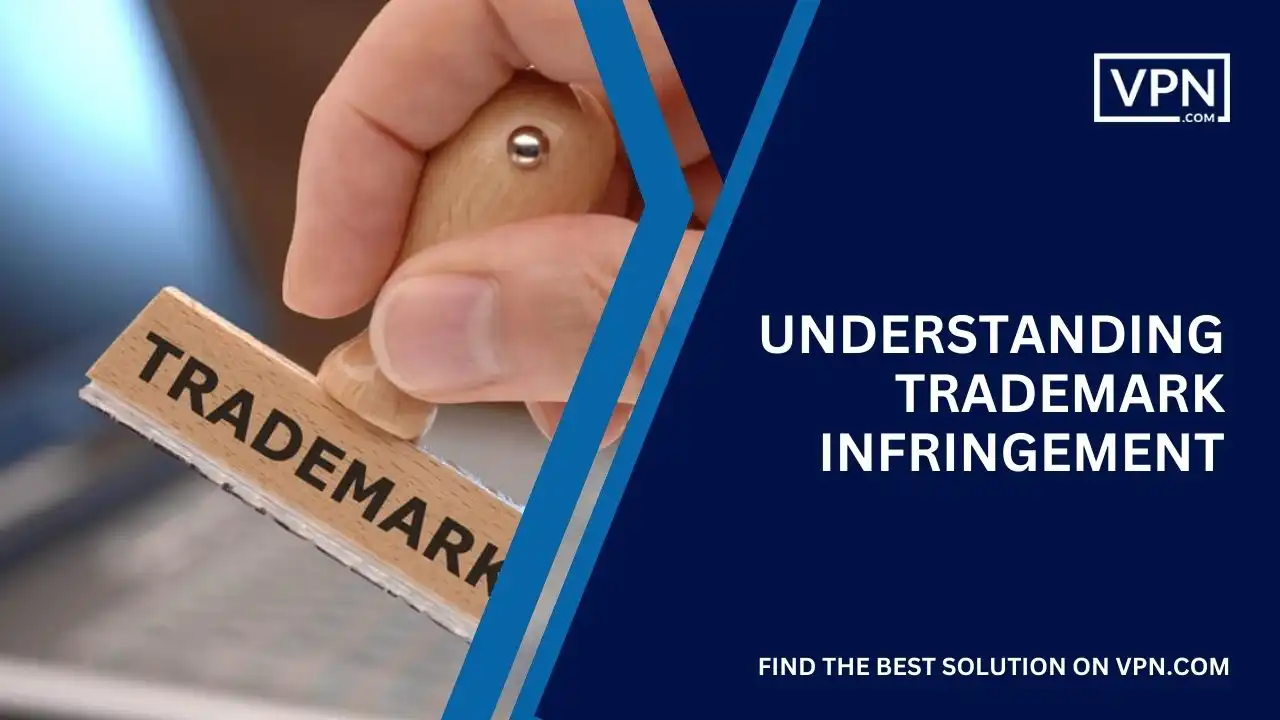
Now that we’ve explained the connection between domains and trademarks, let’s look at what counts as trademark infringement and how it relates specifically to domain names.
Trademark infringement occurs whenever an individual or business uses a trademark in an unauthorized or illegal way. This primarily refers to the use of a trademark or a confusingly similar mark in a way that is likely to cause consumer confusion, deception, or mistakes around the brand identity and source of products or services.
Trademark infringement applies to any use of a protected trademark without the trademark owner’s permission that damages the owner’s goodwill or reputation or diminishes their ability to control the use of the mark.
Types Of Trademark Infringements
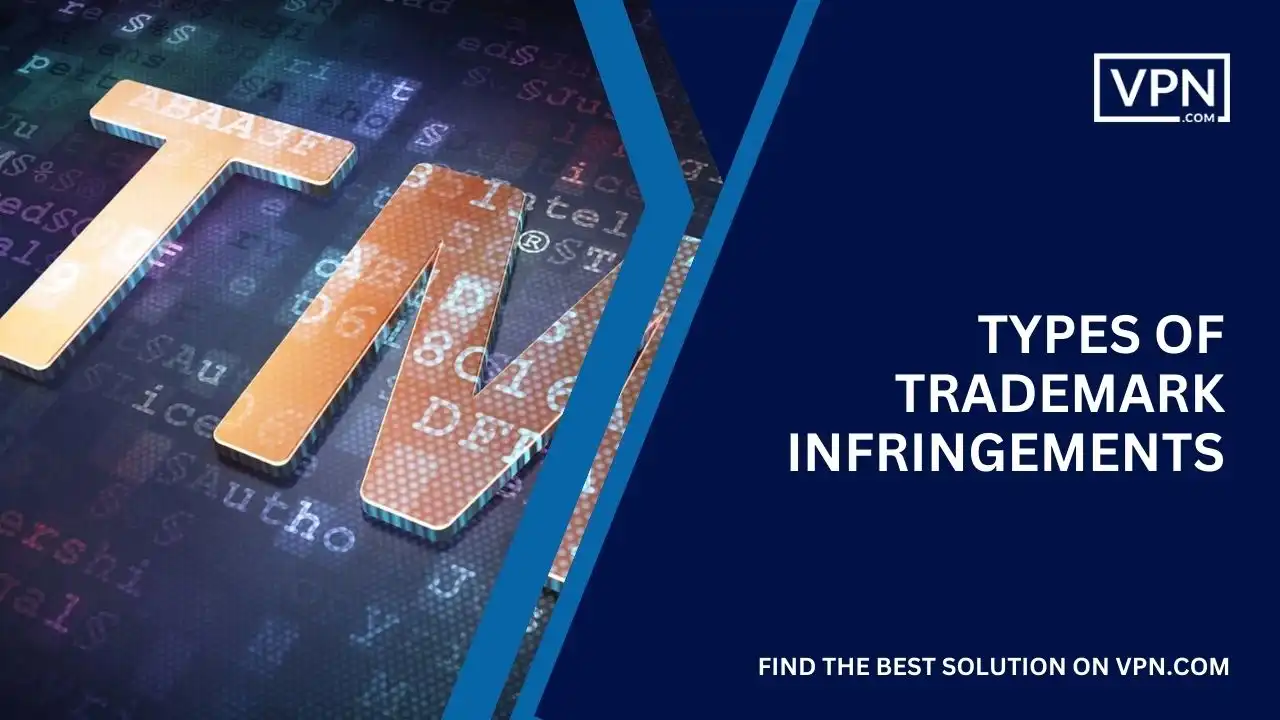
There are two primary types of trademark infringement:
Direct or “classic” trademark infringement, which refers to the unauthorized use or direct copying of an identical or virtually identical protected trademark. For example, registering coca-cola.com without permission from Coca-Cola would qualify as a direct infringement.
Secondary trademark infringement: Also referred to as “contributory infringement,” this covers uses of a mark that are similar enough to cause public confusion. For example, using the name “Coke-Cola” or “Koke Kola” in a domain could potentially be considered secondary infringement.
How Trademark Infringement Occurs?
When it comes to domains, the most common trademark disputes arise from:
- Registering an exact match or very similar spelling of a protected trademark as a domain name (i.e. wellsfargo.com)
- Including protected trademark along with other terms in the domain (i.e., bestbuyelectronics.com)
- Registering common misspellings of protected trademarks as domains (i.e., micorsoft.com)
- Using a protected trademark in a subdomain (i.e. Sony.electronics.com)
Evaluating Trademark Infringement Factors
It’s important to note that a domain name does not necessarily have to be a replica of a trademark to be infringing. Trademark law looks at whether the public is likely to be confused or deceived by similar names. This is evaluated based on factors like:
- The similarity of the names/marks
- Relatedness of products/services
- Marketing channels
- Consumer sophistication
- Proof of actual confusion
- The volume of sales and advertising
- Intent of the alleged infringer
So in many cases, incorporating even part of a trademark into a domain name can be deemed infringement based on an assessment of these factors. It depends on the unique circumstances, which is why getting expert guidance is crucial.
Why Is It Important To Avoid Trademark Infringement?
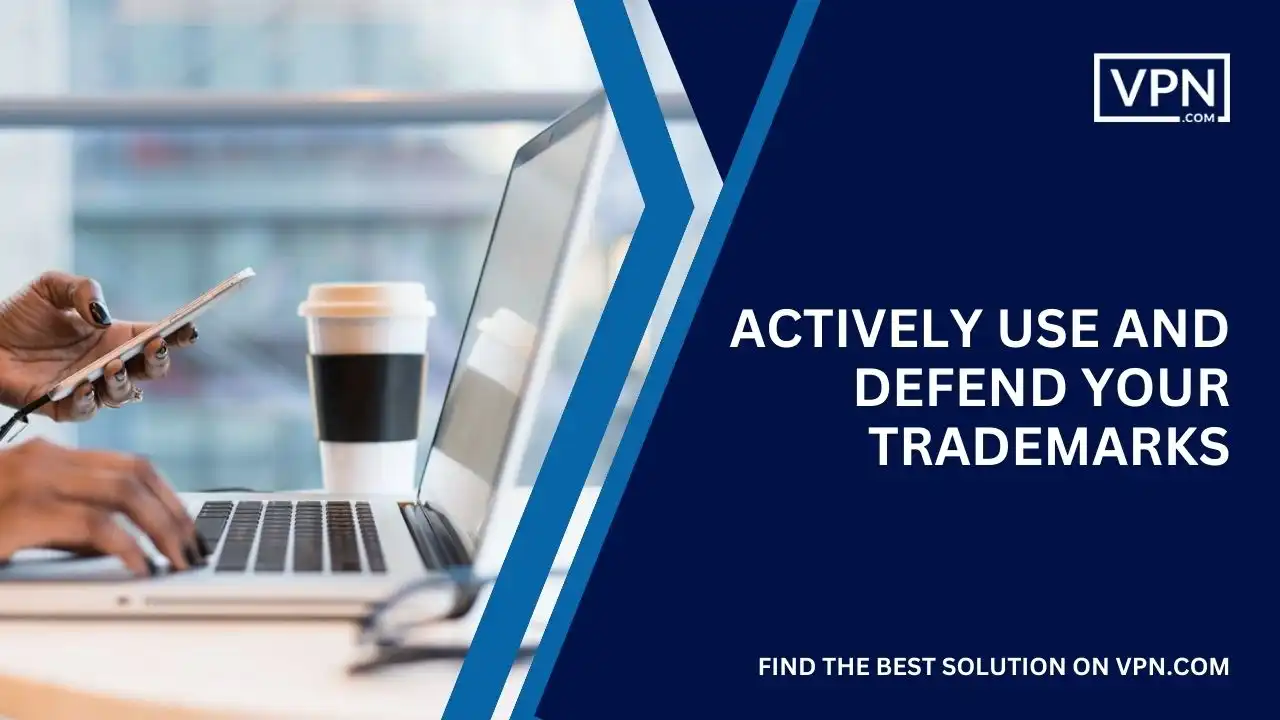
At this point, you may be wondering – if I’m a small business selecting a domain name, why does potential trademark infringement matter? Can’t I just claim the name I want?
While that may sound logical initially, there are significant risks to using an infringing trademark in your domain that every business should understand:
Legal Action – The owner of the infringed trademark can sue you for financial damages, lost profits, and other remedies. You may also be required to forfeit the infringing domain name.
Loss of Investment – If your domain is deemed infringing, you could lose any time and money invested in branding, marketing, and search engine optimization for that name.
Reputational Harm – Users who arrive at your site expecting the trademarked brand may be confused or questioning your legitimacy. Trademark infringement also just looks unethical.
Restricted Growth – If sued, you may be legally barred from expanding your business under the infringing name, limiting future growth.
You also open yourself up to further legal action whenever you attempt to register related domains, trademarks, or social media handles using the infringing name. Overall, it’s rarely worth the risks and downsides when so many viable alternative domain names exist. Doing your due diligence to avoid infringement from the start saves extensive headaches and legal complications.
Steps To Avoid Trademark Infringement
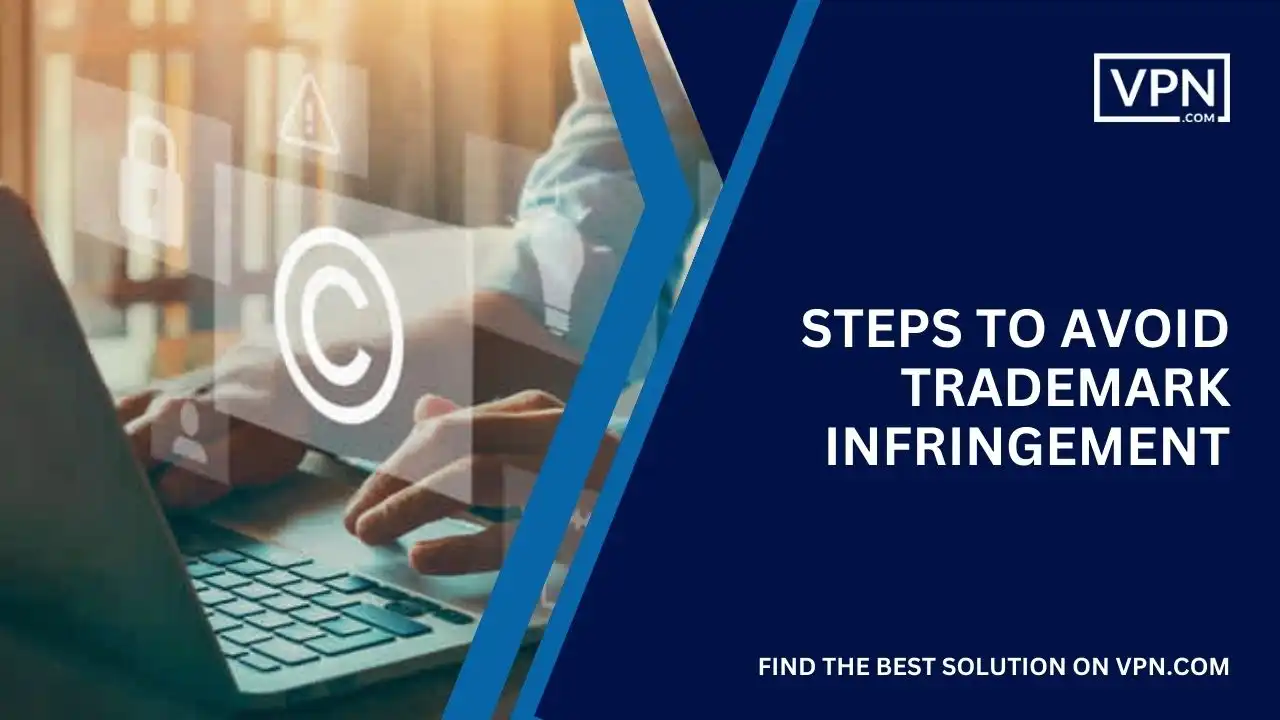
ow that you understand the gravity of trademark infringement related to domain names, let’s explore some best practices for selecting a name that steers clear of infringement landmines:
Conduct a Comprehensive Trademark Search
Before settling on any domain name; it’s essential to thoroughly search both registered and pending trademarks. Here are some tips for effective searching:
- Use the USPTO’s free TESS database to search federally registered trademarks. Make sure to search for active and inactive marks.
- Expand your search to regional or state trademark databases for increased protection.
- Check sources like Google, Amazon, and domain registrars for trademarks used in commerce but not formally registered.
- Search international trademark databases if you plan to market globally. WIPO offers a global brand database.
- Look for recent trademark applications that haven’t been fully registered yet but could still hold up claims.
- Search using general keywords related to your business, not just exact names. Look at synonyms, related terms and spelling variations.
Conducting a comprehensive trademark search takes time but is the #1 strategy for avoiding infringement. If you identify any similar or identical marks, do not proceed until speaking with an attorney about infringement risks.
Actively Use and Defend Your Trademarks

If your domain name is already taken, what should you have to do? If you have your registered trademarks, you can help protect against infringement by others through active use and policing:
- Use your exact trademark match in the domain name (i.e., YourTrademark.com)
- Prominently display trademark symbols ® or TM to deter infringement.
- If your budget allows, buy up logical variations like common misspellings to prevent cybersquatting.
- Monitor online spaces regularly for potential unauthorized use and send cease and desist notices as needed.
- Consistently renew trademark registrations and pursue new classes of products/services.
Owning registered trademarks strengthens your ability to prevent infringement against your brand. But you also need to actively use, monitor, and defend your marks for full protection.
Get Professional Assistance With Trademark Screening
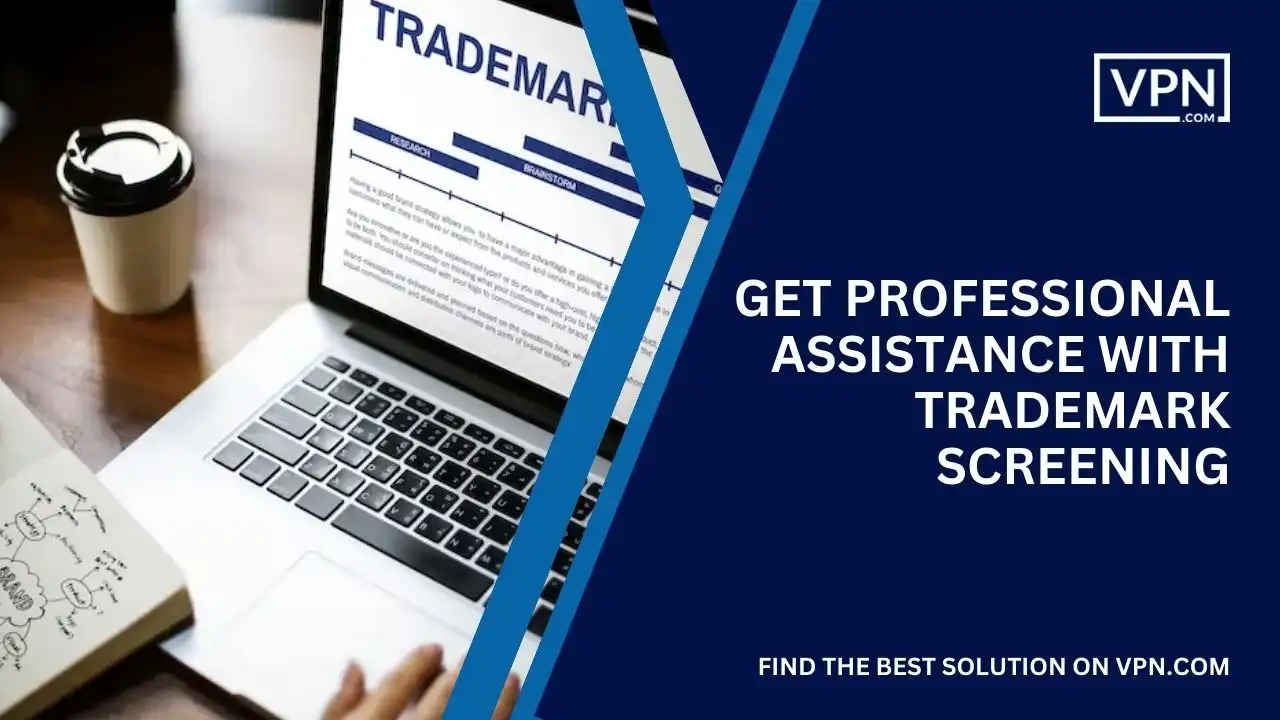
Conducting comprehensive trademark searches yourself requires a significant time investment. For most businesses, it’s advisable to utilize professional trademark screening services.
Domain name generators, brand naming agencies, trademark attorneys, and domain brokers typically offer trademark screening to identify domain names free of infringement risks.
Experts also review factors like the required geographic scope and classification of products/services. This increases the certainty that suggested names will avoid conflicts.
The cost of professional trademark screening is well worth it to protect your business from potential infringement issues. Reputable providers stand behind their searches, giving you peace of mind.
Consider a Defensive Registration.
Suppose your trademark search identifies an identical or very similar trademark registered in another class of goods/services. In that case, you may still have an infringement risk even if you’re in different industries.
In such cases, defensive registration allows you to register that trademark specifically to prevent infringement against your business interests. Defensive registrations require proof of your potential damage from use by the other registrant.
While not always necessary, defensive registrations add an extra layer of protection when trademarks are very similar. Consult an attorney to assess if defensive registration could benefit your specific scenario.
In-Depth Documentation of Findings
When conducting trademark searches and screening domain name options, it is crucial to thoroughly document your research process and findings. Keep detailed records of:
- The specific trademarks searched, including misspellings and variations
- The databases and platforms used for screening
- Dates searches were conducted
- Names of any similar trademarks identified
- Screenshots of search results
- The final domain name(s) chosen
- Your reasoning for determining the selected domain(s) are free of infringement risks
Having in-depth documentation demonstrates your due diligence in avoiding infringement. It also provides vital evidence in your defense if any conflicts arise later on. Thorough documentation protects your interests and adds an extra layer of legal protection.

Sign up with our #1 choice
- Experts in Premium Domains
- Ultra-Secure Transactions
- Commissions Starting at 15%
- Paid $1m for VPN.com
- Only Pay When We Succeed for You
- Completely Confidential Transactions
Unregistered Trademark Infringement: A Legal Perspective
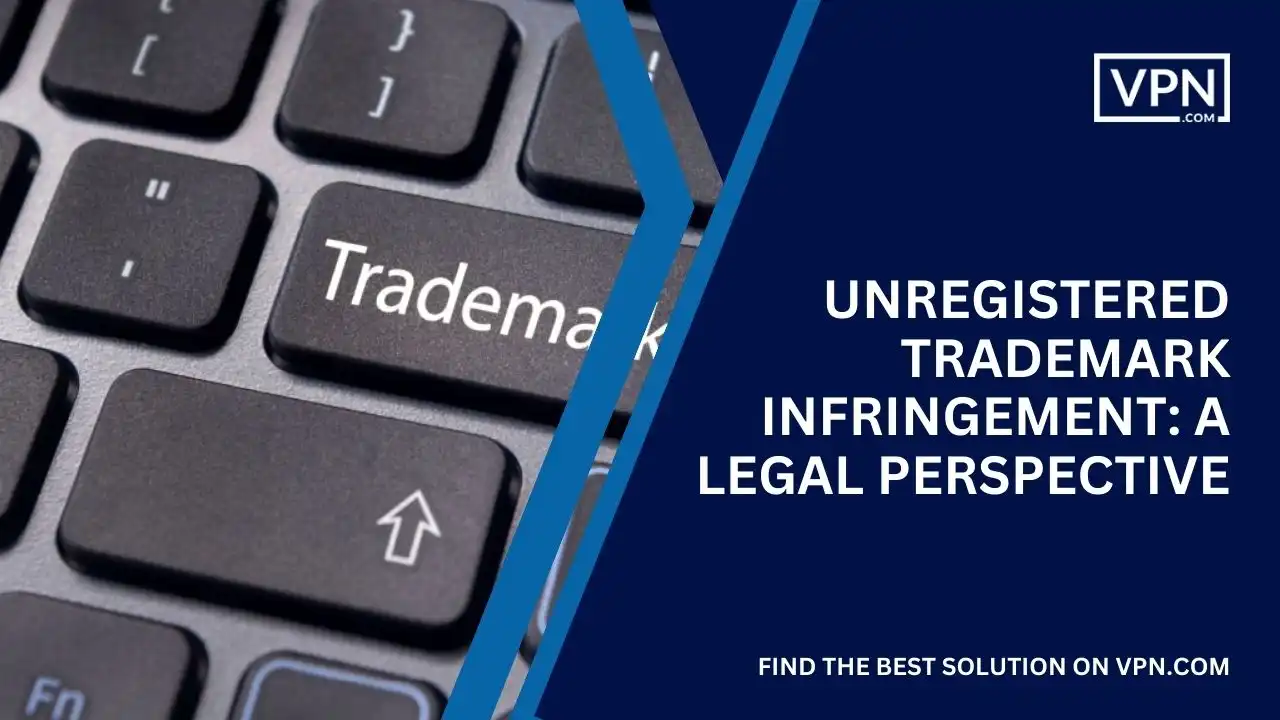
As we discussed earlier, trademarks are essential for businesses to establish a unique identity and protect their intellectual property, while also avoiding trademark infringement. However, it is possible to infringe on a trademark even if it is not federally registered. Here is a discussion of the legal implications of unregistered trademarks and how they can lead to infringement:
Searching for Unregistered and Law Trademarks
When choosing a name, it is essential to search for unregistered and common law trademarks, in addition to registered ones, to prevent trademark infringement. Infringement can still occur and lead to lawsuits. To avoid infringement, you should conduct a comprehensive search for all types of trademarks.
Common Law Rights
Trademarks are protected by common law once they are used in commerce, even before registration. This gives the owner legal rights to that mark. Common law rights can be established through the use of a mark in commerce, such as in advertising, sales, or other business activities. These rights can be enforced in court, even if the trademark is not registered.
Likelihood of Confusion
If your use of an unregistered trademark is likely to confuse customers, it can still be considered an infringement. This depends on factors like the similarity of the marks and the relatedness of products. For example, if you opened a car company called “Apple Motors,” you could be infringing the unregistered rights of the technology company Apple since it’s a very similar mark that could confuse consumers, even though Apple doesn’t make cars.
Consequences of Trademark Infringement
Infringing on an unregistered trademark can lead to legal action, including court-ordered injunctions, damages, and profits awarded to the plaintiff, while also causing potential harm to your brand reputation.
Litigation and Damages
Companies vigorously defend their trademarks. If they identify you are using an infringing domain, they will likely first send a cease and desist letter. However, they may file litigation seeking financial damages, lost profits, and handed over of the domain. Statutory damages can potentially reach $200,000 per infringing domain.
Loss of Infringing Domain
During any legal dispute, a court will likely compel you to hand over or forfeit control of the infringing domain, allowing the trademark owner to take possession of that domain. This action could result in the loss of any branding and SEO equity associated with the domain, further emphasizing the importance of avoiding trademark infringement.
Injunctions
A court can issue an injunction barring you from using the infringing trademark in any ongoing marketing. This could limit your ability to promote your brand across other channels.
Uphill Battle
Trademark owners have extensive financial resources to pursue infringement cases. Defending yourself against an accusation of infringement is an uphill legal battle.
Choosing an infringing domain simply creates massive risk and liability for your business. That’s why upfront due diligence is so essential.
Choosing A Domain Name Safely

Now that you understand the legal gravity of trademark infringement, let’s explore strategies for safely selecting a domain name that steers clear of any infringement risks:
Include Distinctive Terms
Rather than using a single word that could easily be trademarked, incorporate multiple words and terms that help distinguish your domain name. For example, [YourCity] SoftwareCompany.com, KiwiElectronicsTech.com, DigitalNovaMedia.com.
Descriptive elements help reinforce your domain is uniqueness and prevent confusion with any single trademark term.
Use Misspells, Hyphens and Prefixes
Slight purposeful misspellings like Shoppe instead of Shop and creative prefixes like iShop can make your domain name unique. Just be careful that the misspelling isn’t so similar it’s still considered an infringement.
Similarly, hyphens can help join multiple terms in a unique, non-infringing manner:
- Tech-Gadgets.com
- Shop-Zone.com
Made-Up Words
Creating new, invented words is one of the safest options for avoiding infringement, though it can be challenging to find something brandable. Look at combining roots, suffixes, prefixes, or syllables to form distinctive new terms. Zaio.com and Quena.com are examples.
Ideally, your domain will match your brand name exactly while still avoiding infringement. This is easiest to accomplish with a unique made-up name like Google. But you can also achieve it through trademark screening to identify an available, non-infringing term you can use for your brand and domain, ensuring that you avoid trademark infringement.
Avoid Numbers And Special Characters
Domains with extra hyphens, numbers, and special characters look unprofessional. Stick to standard words with a .com extension for the most brandable domain possible.
Non-Infringing Domains
Another option that more brands are leveraging today is partnering with a domain brokerage firm to acquire a trademark-safe domain name. Here are some key benefits of using a domain broker:
Extensive Trademark Research: Reputable brokers combine automated and manual trademark screening using comprehensive databases and search secrets. This identifies domain names available to register that are free of infringement risks.
Domain Name Ideation: Brokers can provide numerous customized name suggestions that pass screening, allowing you to select the best domain match for your brand while avoiding trademark infringement.
Broker Advantages: Brokers have direct access to premium domain marketplaces and extensive contacts for sourcing names that aren’t publicly listed. They can also negotiate on your behalf.
Available Exact Match Domains: A broker like VPN.com may be able to source an exact match .com domain for your business name that has recently expired or become available. This rare opportunity combines branding and infringement protection.
Confidentiality: Brokers keep your domain name research confidential, protecting your business strategy and plans from competitors. Confidential Domain broker are the kind of brokers who will ensure that the transaction remains confidential.
Peace of Mind: Partnering with an expert broker provides the greatest assurance you can acquire a domain name aligned with your brand without the risks of infringement.
While pricier than self-registration, a premium broker-acquired domain offsets exponentially greater costs in defending potential infringement, ensuring that you avoid trademark infringement. Established firms also often include some level of legal guarantee or insurance covering their due diligence.

Sign up with our #1 choice
- Experts in Premium Domains
- Ultra-Secure Transactions
- Commissions Starting at 15%
- Paid $1m for VPN.com
- Only Pay When We Succeed for You
- Completely Confidential Transactions
The Bottom Line
In today’s digital business landscape, your domain name is your most important online real estate brand. However, trademark infringement can pose an enormous threat – both legally and for customer trust and the growth of your business.
That’s why every brand must make conducting intelligent, thorough trademark research and screening a priority before selecting a domain name to avoid trademark infringement. While no process can fully eliminate infringement risks, following best practices such as using distinctive terms, professional guidance, and brokerage services can enable you to confidently register a domain aligned with your brand vision and free of potential conflicts.
Remember, your domain name will likely be the customer’s first impression and ongoing path to interact with your company, ensuring that you avoid trademark infringement. Investment in a non-infringing, brandable name from the start pays dividends through strong positioning and avoiding the extensive costs of rebranding down the road. By making smart, strategic choices today, you can set your website up for long-term differentiation, trust, and success.
Algeria
Asia Domains
Afghanistan
Caribbean Domains
Anguilla
Central America Domains
Belize
Europe Domains
Aland Islands
Middle East Domains
Arab Emirates
Oceania Domains
American Samoa
South America Domains
Argentina

![Avoid Trademark Infringement When Choosing A Domain Name In [month_year] 6 Fox News](https://cdn.vpn.com/wp-content/themes/VPN/images/media-logos/Fox_News_Channel_logo.svg)
![Avoid Trademark Infringement When Choosing A Domain Name In [month_year] 7 Yahoo](https://cdn.vpn.com/wp-content/themes/VPN/images/media-logos/Yahoo_logo.svg)
![Avoid Trademark Infringement When Choosing A Domain Name In [month_year] 8 Bloomberg](https://cdn.vpn.com/wp-content/themes/VPN/images/media-logos/Bloomberg_logo.svg)
![Avoid Trademark Infringement When Choosing A Domain Name In [month_year] 10 MarketWatch](https://cdn.vpn.com/wp-content/themes/VPN/images/media-logos/MarketWatch_logo.svg)